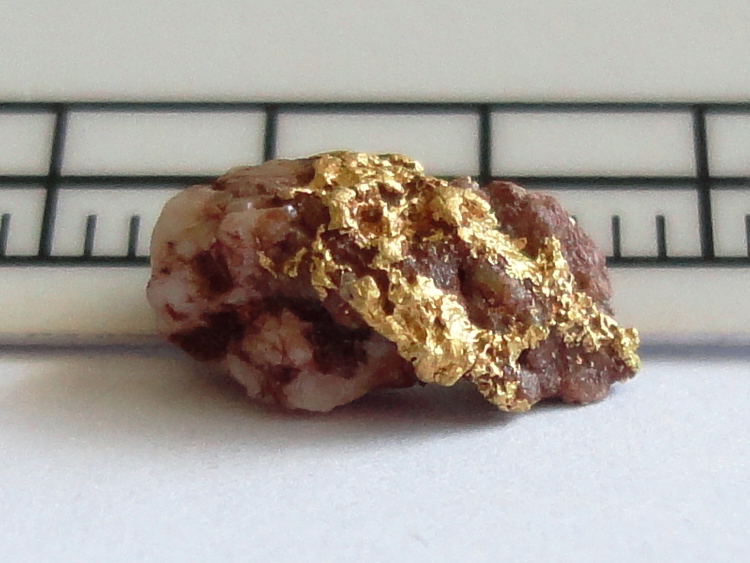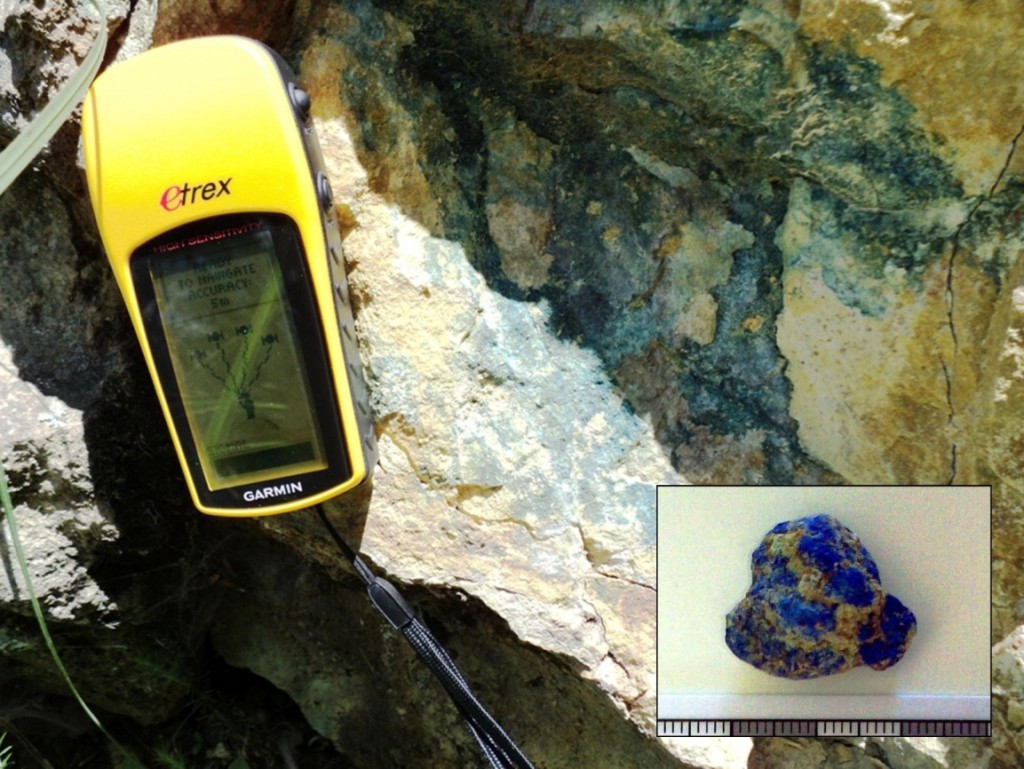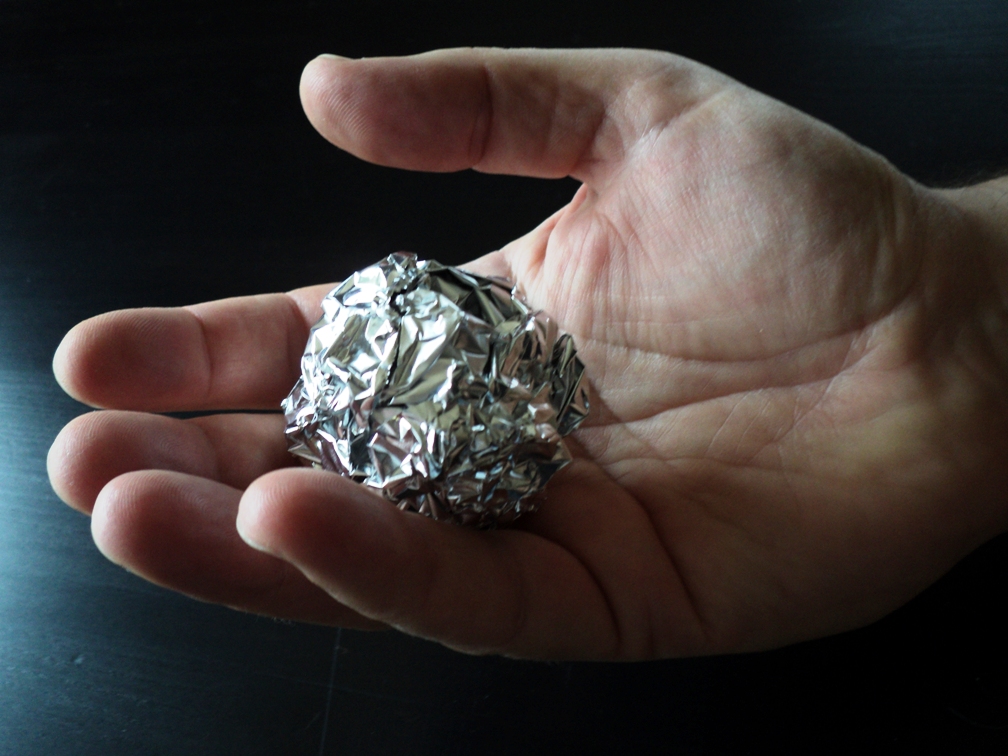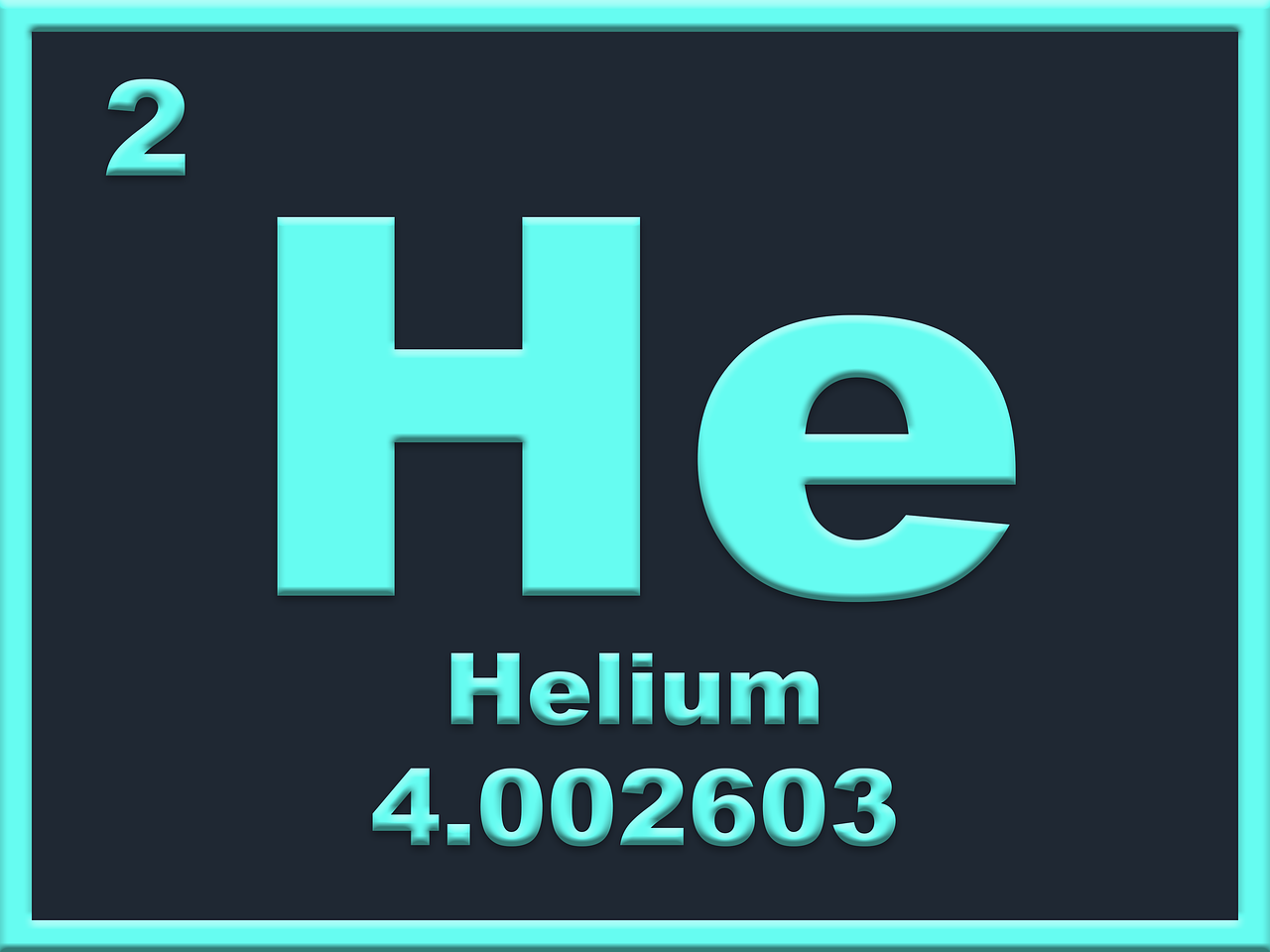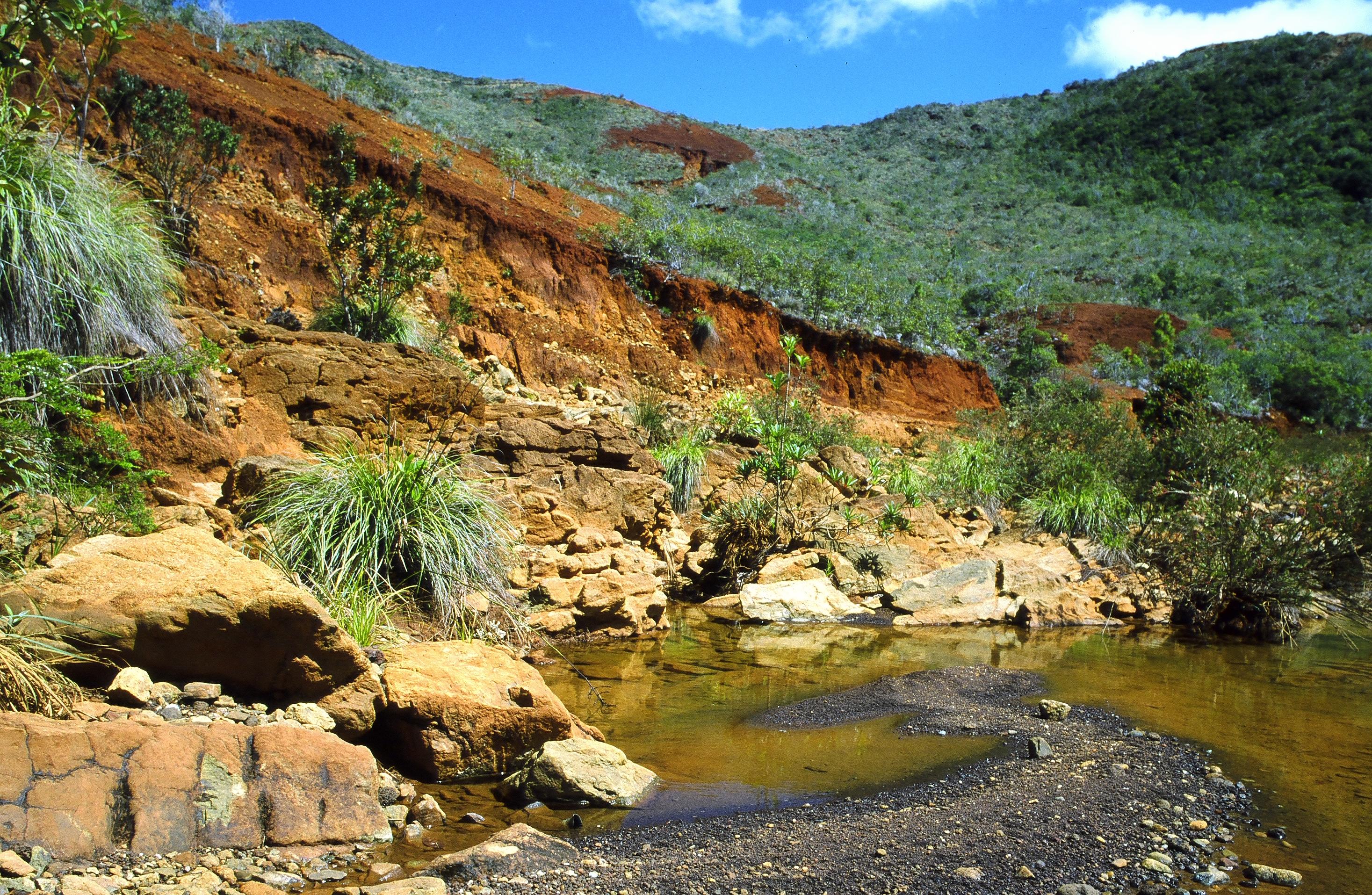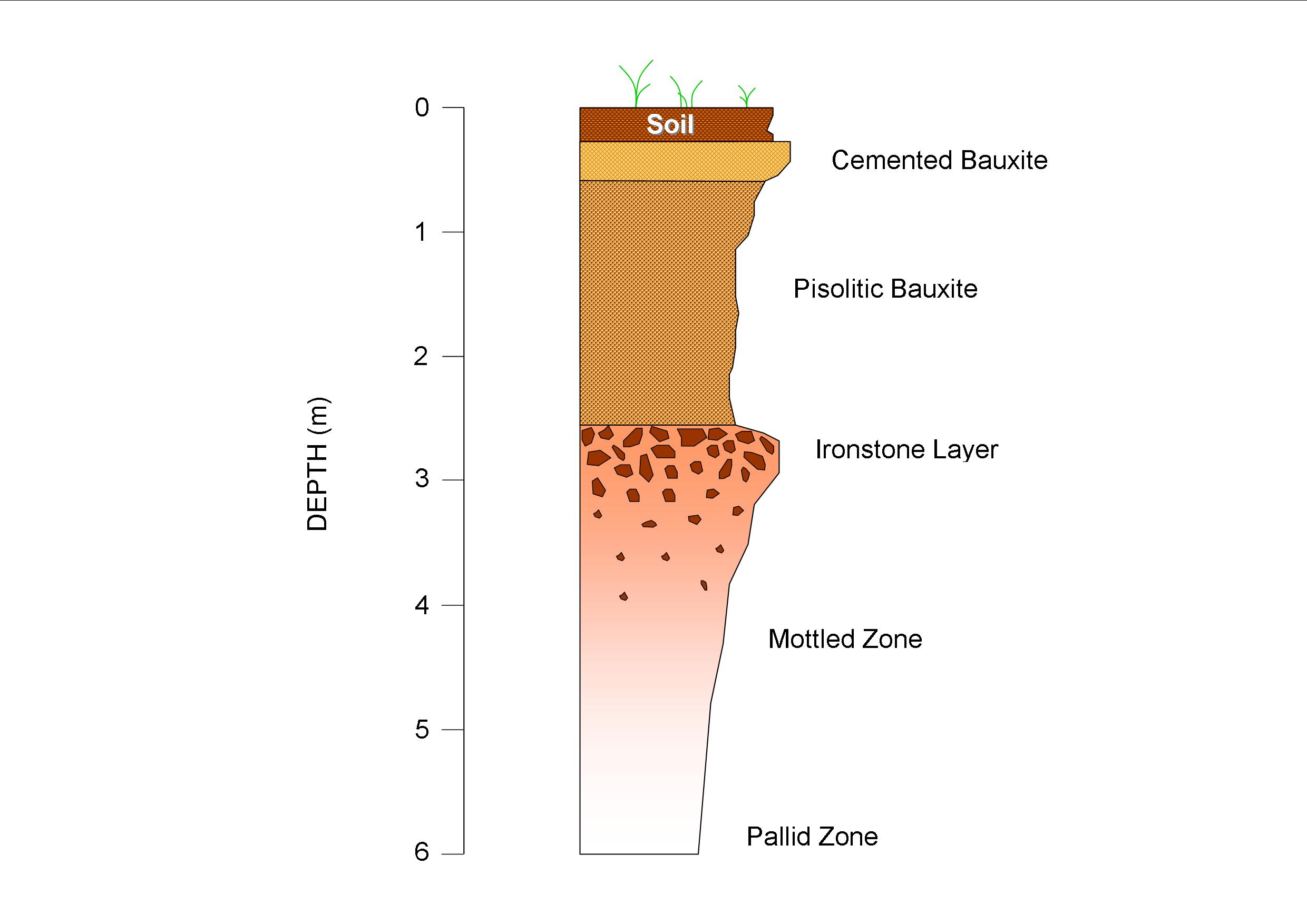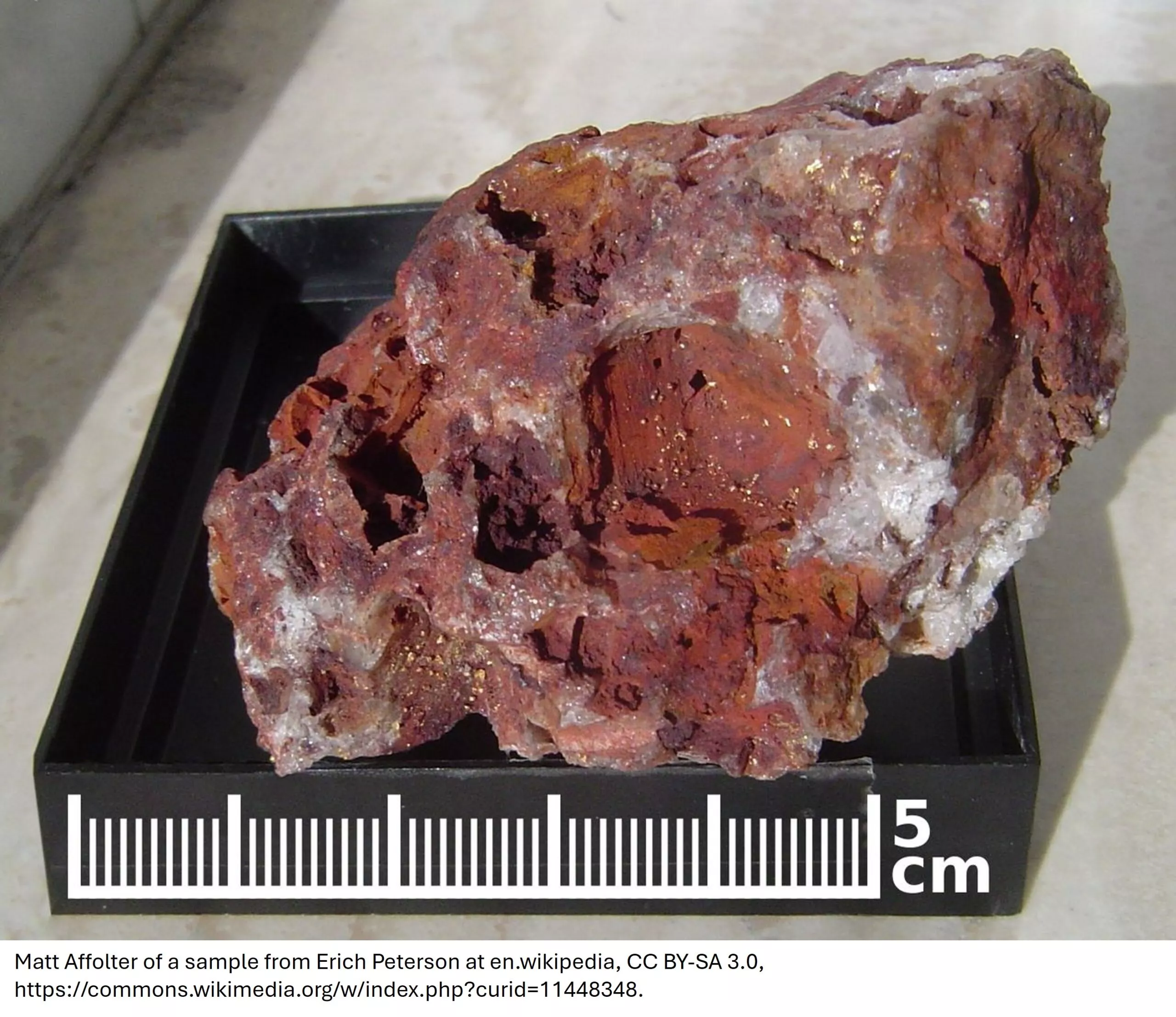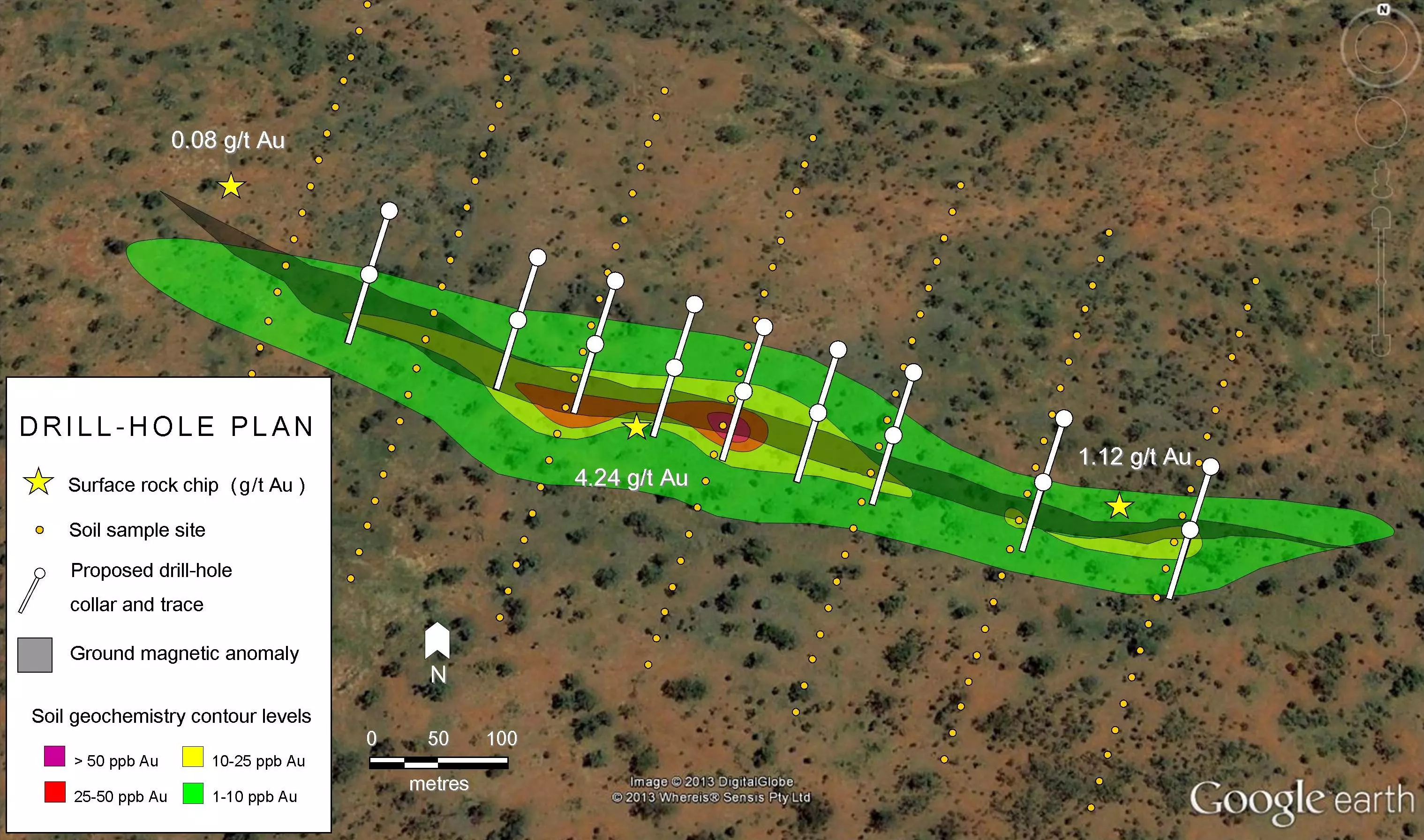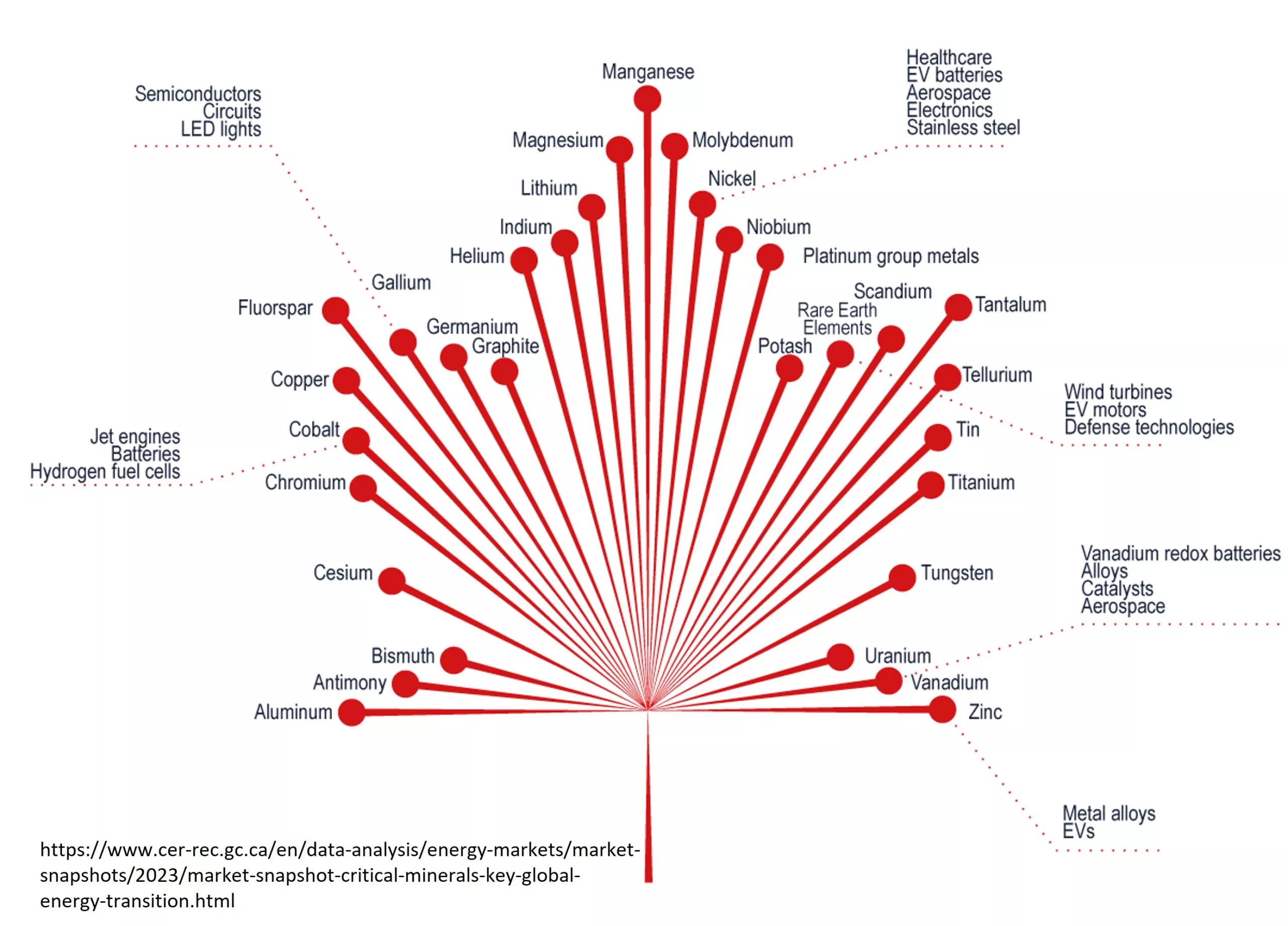Limestone is one of the most important and versatile industrial mineral commodities. It is a crucial mineral in the making of Portland cement and mortar, but is also used in aggregate in concrete or asphalt after being crushed.
Because of its importance in everyday life, it might be surprising to realize that you know little to nothing about the rock. In general terms, limestone is a term used to describe a rock that contains 80% or more (some define limestone as containing 90%) of calcium or magnesium carbonates including marble, chalk, and oolites (rock composed of spherical grains of calcium carbonate). With increasing amounts of magnesium-rich dolomite, limestone grades into dolomitic limestone and calcareous dolomite, and with increasing impurities into calcareous sedimentary rocks such as marl.
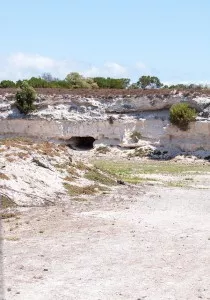
Limestone is a relatively common sedimentary rock formed from remains of marine organisms such as coral or other invertebrates. Marble is limestone that has been recrystallized through metamorphism and in many applications are interchangeable.
There are a couple of industry terms that people new to limestone may be quick to hear and slow to understand as the terms ‘quicklime’ and ‘slaked lime’ make no intuitive sense to a layman. Simply put, limestone is sometimes processed (heated and hydrated) and is then termed quick and slaked lime respectively.
Quicklime, or burnt lime is heated to about 1000 degrees Celsius to form a simplified chemical structure, doing away with unwanted carbon dioxide caught up in limestone’s molecules. Quicklime is used in Portland cement, but also in lesser known applications like biodiesel production, water detection in petroleum applications, paper, plaster, heat generation and light generation (giving ‘light’ to the term ‘limelight’ in theatrical productions).
When water is added to quicklime it becomes slaked lime (and is also known as pickling lime, builders’ lime, hydrated lime, slack lime and cal). Slaked lime is generally used in non-Portland cement, sewerage treatment, and paper, but is also used in mortar, plaster, and in life support systems as a carbon dioxide scrubber.
Unprocessed limestone is used in agriculture, fluxing, and sulfur removal.
In 2014, the USGS estimated that 19 million metric tonnes of quicklime and hydrated lime were produced in the United States, with a massive 230 million metric tonnes being produced in China alone.

